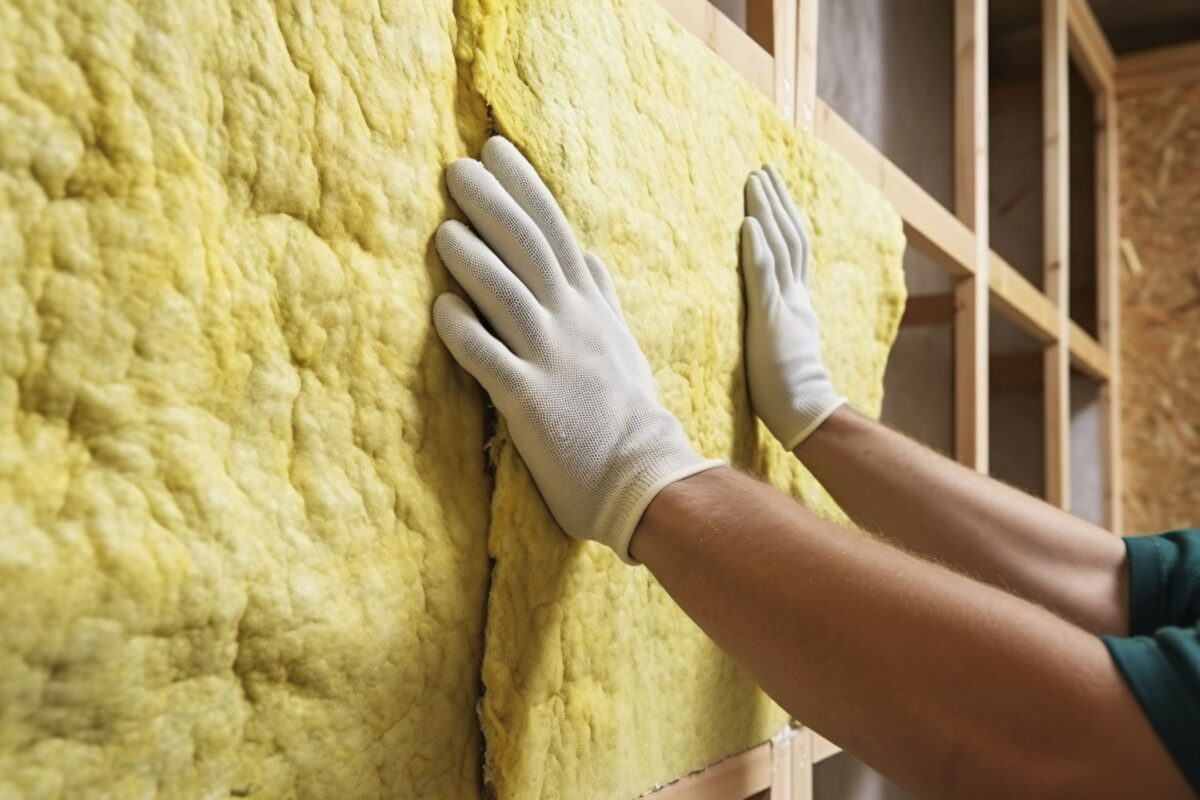How Internal Wall Insulation Can Transform Your Winter

Winter can bring chilly temperatures, frosty mornings, and the constant battle to keep homes warm. While many homeowners focus on heating systems, effective insulation is the key to lasting comfort. Uninsulated walls allow heat to escape, forcing heating systems to work harder and driving up energy bills.
One of the most impactful solutions for improving thermal efficiency is internal wall insulation, which enhances warmth, reduces energy consumption, and transforms living spaces into cozy retreats during the coldest months.
Read on to learn how internal wall insulation can transform your winter.
The Science Behind Heat Retention
The laws of thermodynamics can dictate that heat energy always flows from warm spaces to colder ones, a process that becomes particularly problematic during winter months. In uninsulated homes, this thermal transfer occurs rapidly through interior walls, creating drafts and temperature fluctuations.
Internal wall insulation can disrupt this cycle by introducing materials with low thermal conductivity, such as mineral wool or PIR boards, which dramatically slow heat escape. This thermal barrier maintains stable, comfortable indoor temperatures while allowing HVAC systems to operate optimally.
However, if you want to know more about how internal wall insulation can help during winter, you may check out reputable online resources or consult with professionals in your area.
Enhancing Comfort and Eliminating Cold Spots
Insufficient insulation allows heat to escape unevenly, leading to frustrating drafts and cold patches that make some rooms feel like iceboxes. Internal wall insulation can address this by wrapping the interior in a continuous thermal layer that prevents heat from bleeding through walls. This can help create balanced warmth throughout the home, so there’ll be no more shivering in certain corners or avoiding exterior walls.
The insulation also acts as a buffer against temperature differentials that cause condensation, significantly reducing moisture buildup that typically leads to winter mold problems while making every surface comfortably warm to the touch.
Home Energy Efficiency and Cost Savings
Heating systems can consume a significant amount of household energy, particularly during winter when temperatures drop. Uninsulated walls allow warmth to escape, forcing heating systems to work harder and increasing energy waste. Internal wall insulation can reduce heat loss, improve thermal efficiency, and lower energy consumption. You can also benefit from noticeable reductions in heating costs, with long-term savings that offset installation expenses.
Additionally, government rebates and energy efficiency programs frequently offer financial incentives, making insulation upgrades an even smarter investment for cost-conscious and eco-friendly households.
Noise Reduction and Additional Benefits
Beyond improving warmth, internal wall insulation can also enhance acoustic comfort by reducing noise transmission between rooms and from outside. The dense, layered materials can absorb sound vibrations, minimizing disturbances from traffic, neighbors, or household activities. This added soundproofing is especially valuable in urban areas, shared homes, or rooms requiring quiet, such as home offices and bedrooms.
By blocking unwanted noise, insulation can foster a calmer, more private living environment, making your home warmer, more serene and functional year-round.
Aesthetic and Practical Considerations
Many homeowners worry that internal wall insulation will shrink their living space or require messy home improvements/renovations. However, advanced insulation materials, such as rigid phenolic boards, ultra-thin multifoils or metal stud wall insulation, can provide exceptional thermal performance while adding minimal thickness, often less than 4 inches. Professional installers can ensure a clean, efficient process with minimal disruption.
Once completed, the interior walls can be finished with plaster or drywall, blending seamlessly into the existing décor. The result is a warmer home with no noticeable loss of space and an aesthetically pleasing, polished finish.
Long-Term Value and Sustainability

Investing in internal wall insulation can deliver immediate comfort and lasting financial benefits. Homes with high energy efficiency command higher market values, as eco-conscious buyers prioritize lower utility costs and sustainable features.
By significantly reducing heat loss, different types of insulation options like spray foam insulation, stone wool insulation, or polystyrene insulation, can shrink heat bills while decreasing reliance on fossil fuels, directly cutting household carbon emissions. This upgrade can future-proof properties against rising energy standards and meets growing demand for greener living solutions.
Improved Health and Air Quality
By maintaining stable temperatures and reducing condensation, internal wall insulation can help prevent dampness and mold growth which are common triggers for respiratory issues like asthma and allergies. A properly insulated home circulates warmer, drier air, creating a healthier living environment. This is especially beneficial during winter when cold, moist conditions can exacerbate indoor air quality problems.
Families typically notice fewer drafts and reduced dust circulation, which makes the space warmer, cleaner, and more breathable during the coldest months.
Year-Round Benefits Beyond Winter
While solid wall insulation excels in winter, its advantages extend through every season. The same thermal barrier in summer can help keep heat out, maintaining cooler indoor temperatures without overworking air conditioning systems. This dual-action performance can make interior insulation a smart investment for consistent comfort year-round.
Furthermore, the sound-dampening properties remain effective regardless of the weather, ensuring a quieter home environment no matter the season.
Enhanced Structural Protection
Insulation does more than regulate temperature as it also safeguards the building itself. By minimizing condensation and temperature fluctuations, internal wall insulation can reduce the risk of structural damage like wood rot or crumbling plaster. This protective layer can help maintain the integrity of home walls, preventing long-term wear caused by moisture penetration and thermal expansion.
Over time, this preservation can lower maintenance costs and extend the lifespan of the home’s interior surfaces, adding both comfort and value to the property.
Conclusion
Winter no longer means enduring cold drafts or skyrocketing heating bills. Internal wall insulation can provide a practical, efficient, and cost-effective solution to transform your home into warm, energy-efficient sanctuary. By keeping the information mentioned above in mind, you can ensure a cozier, more sustainable winter season.

